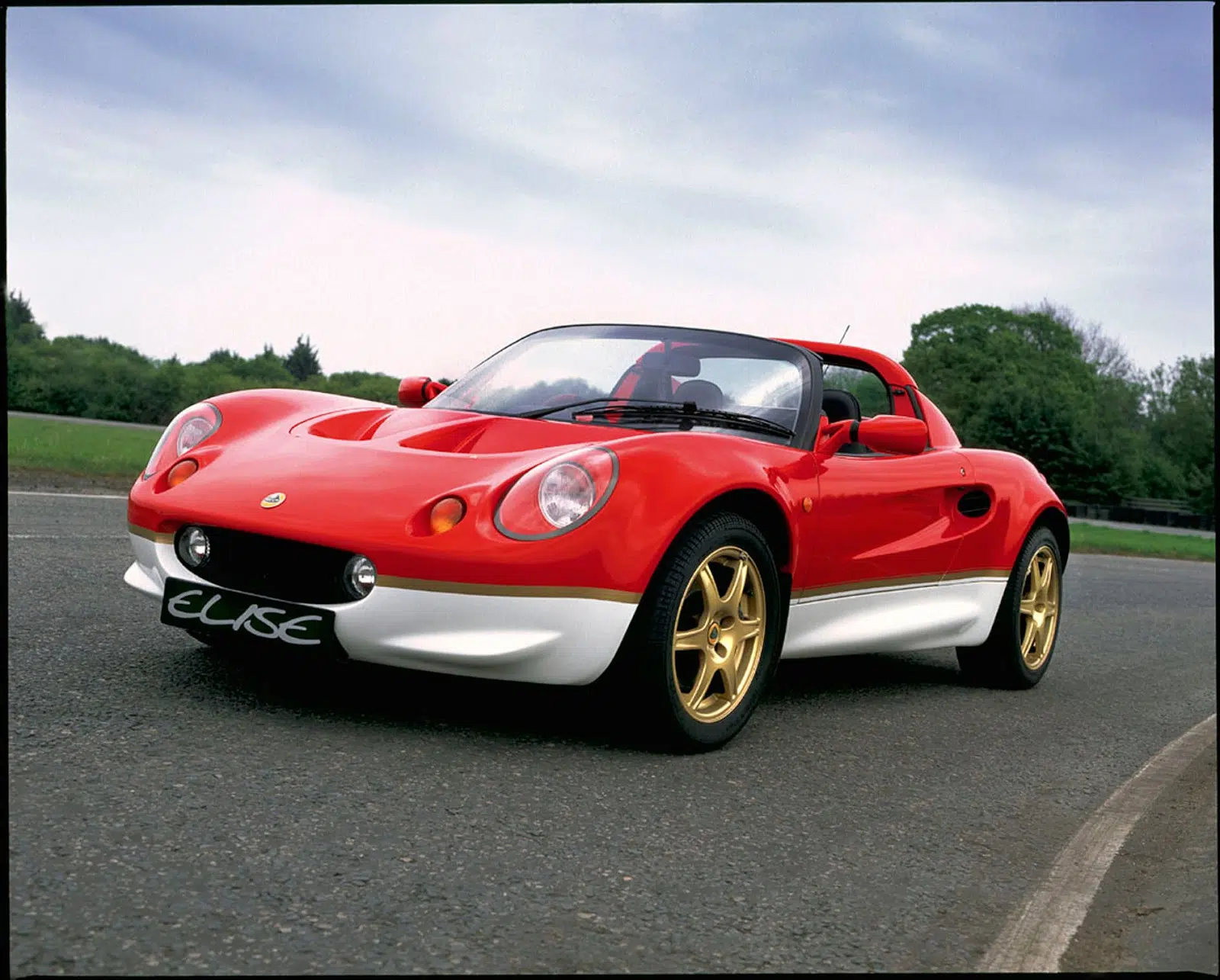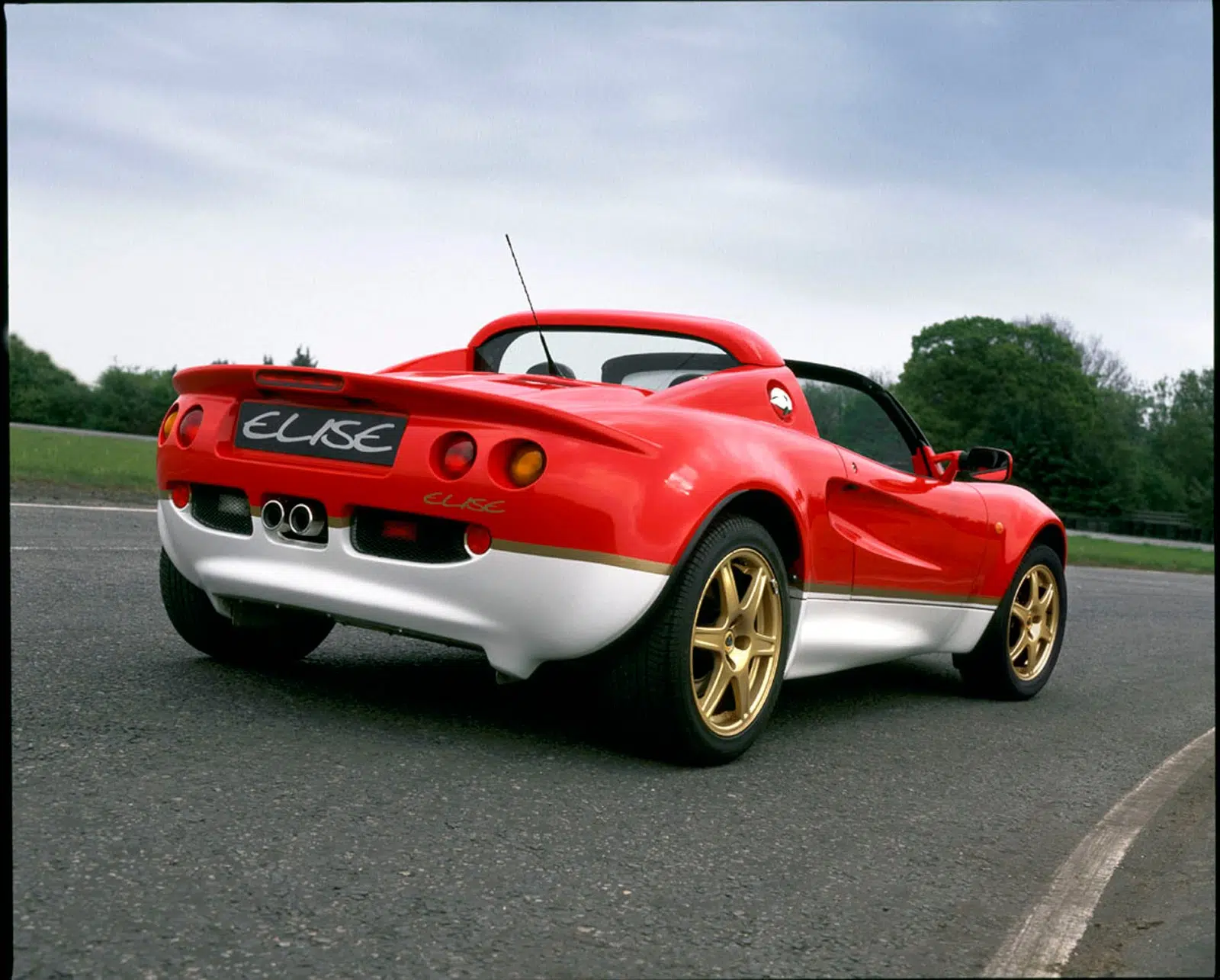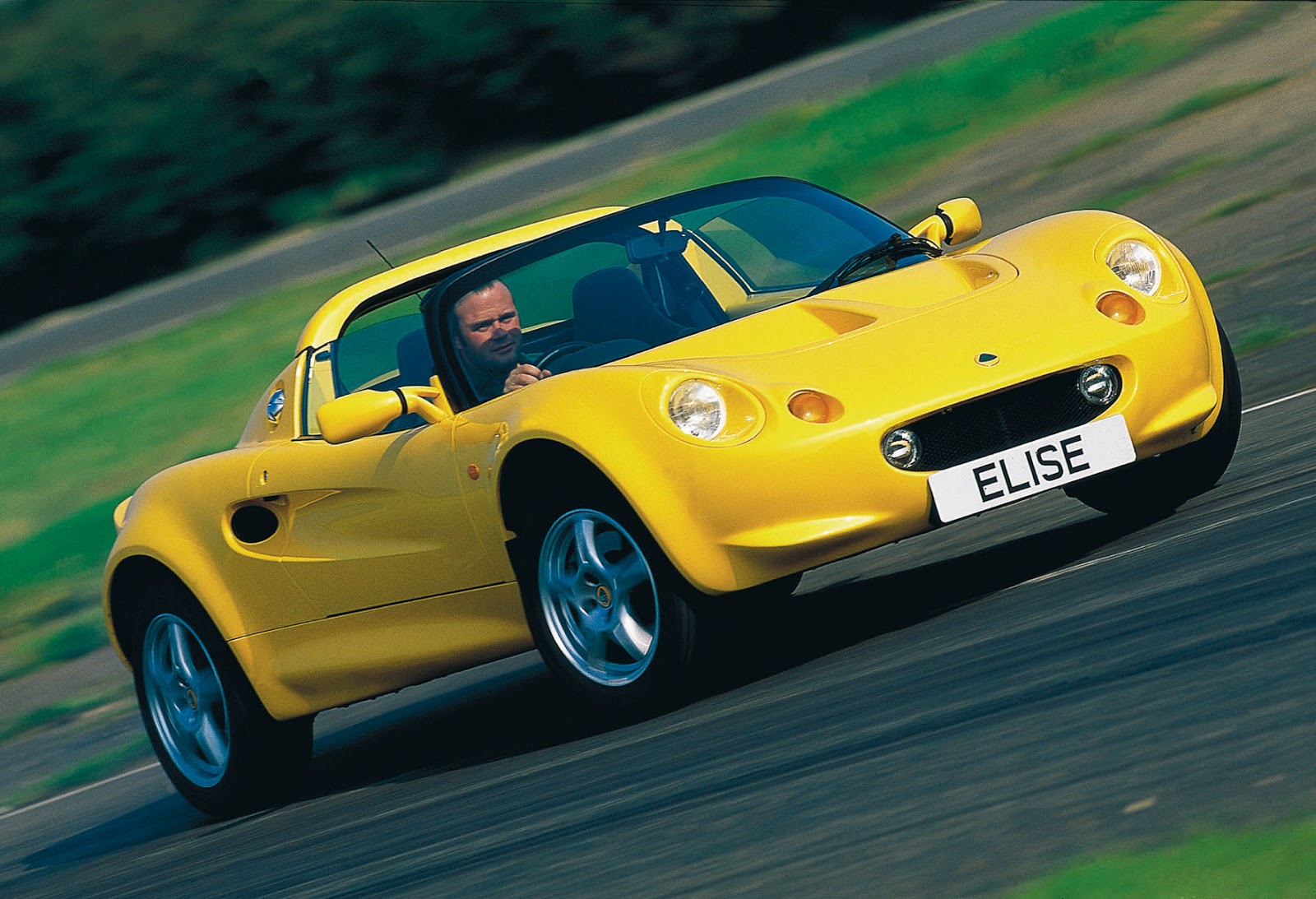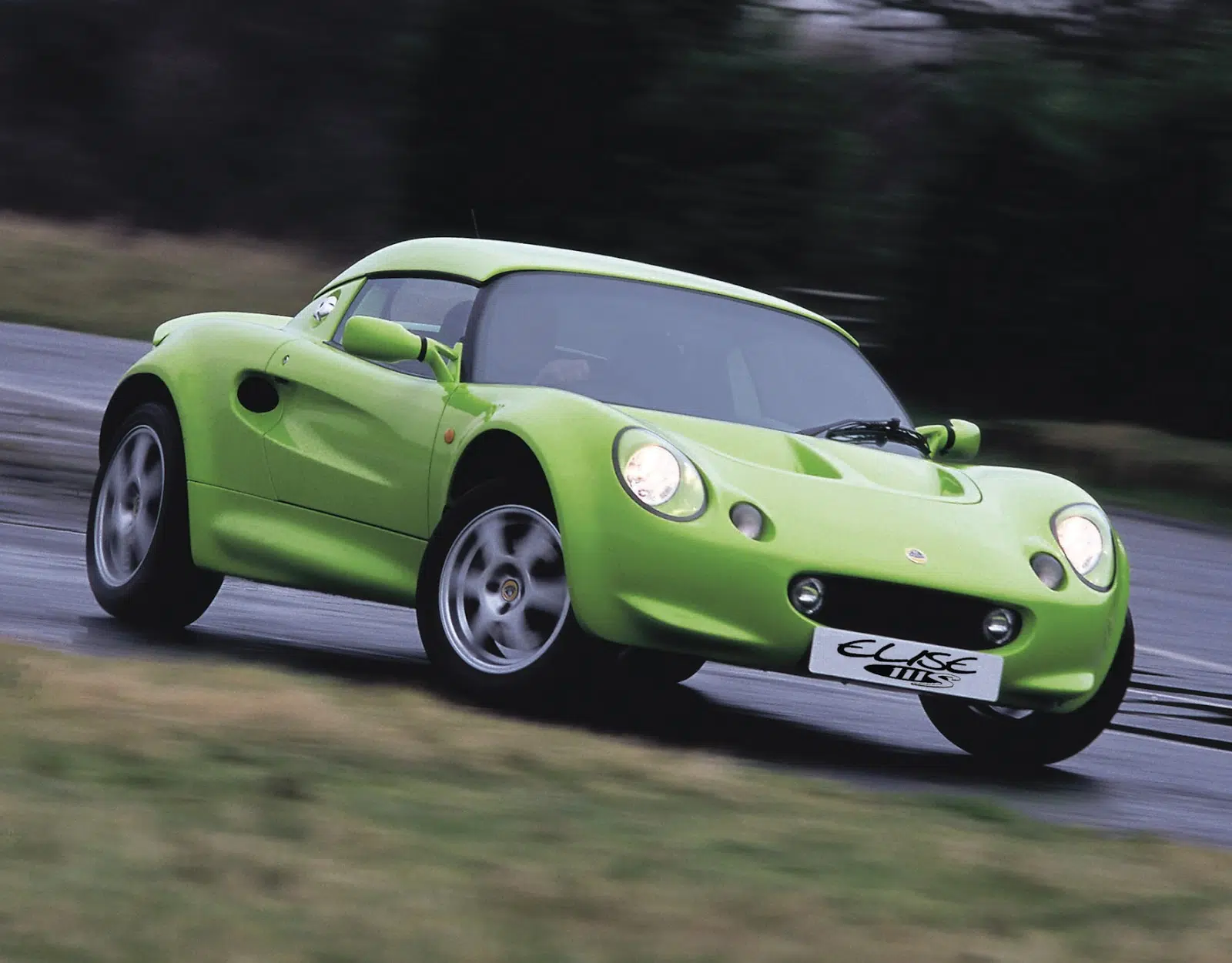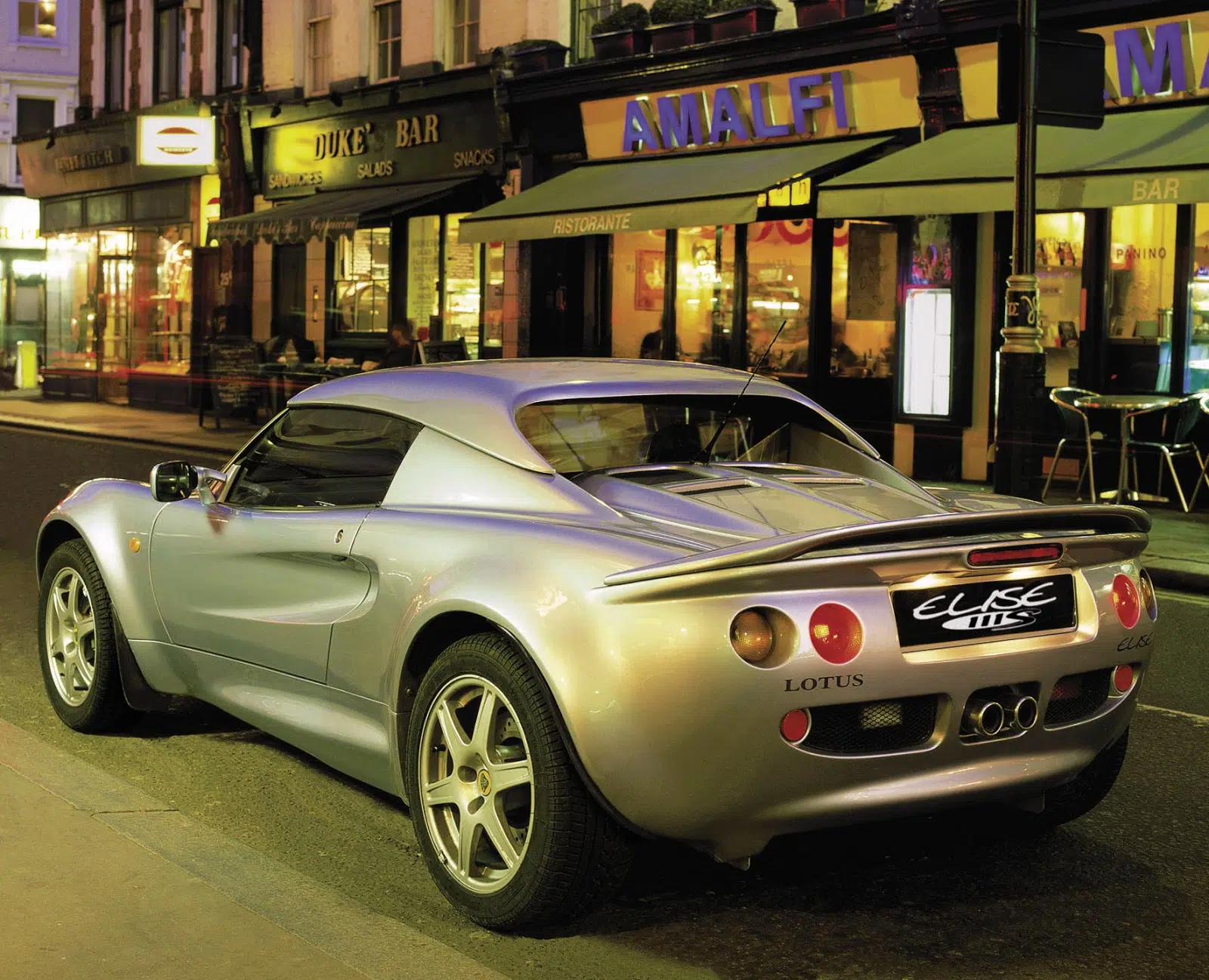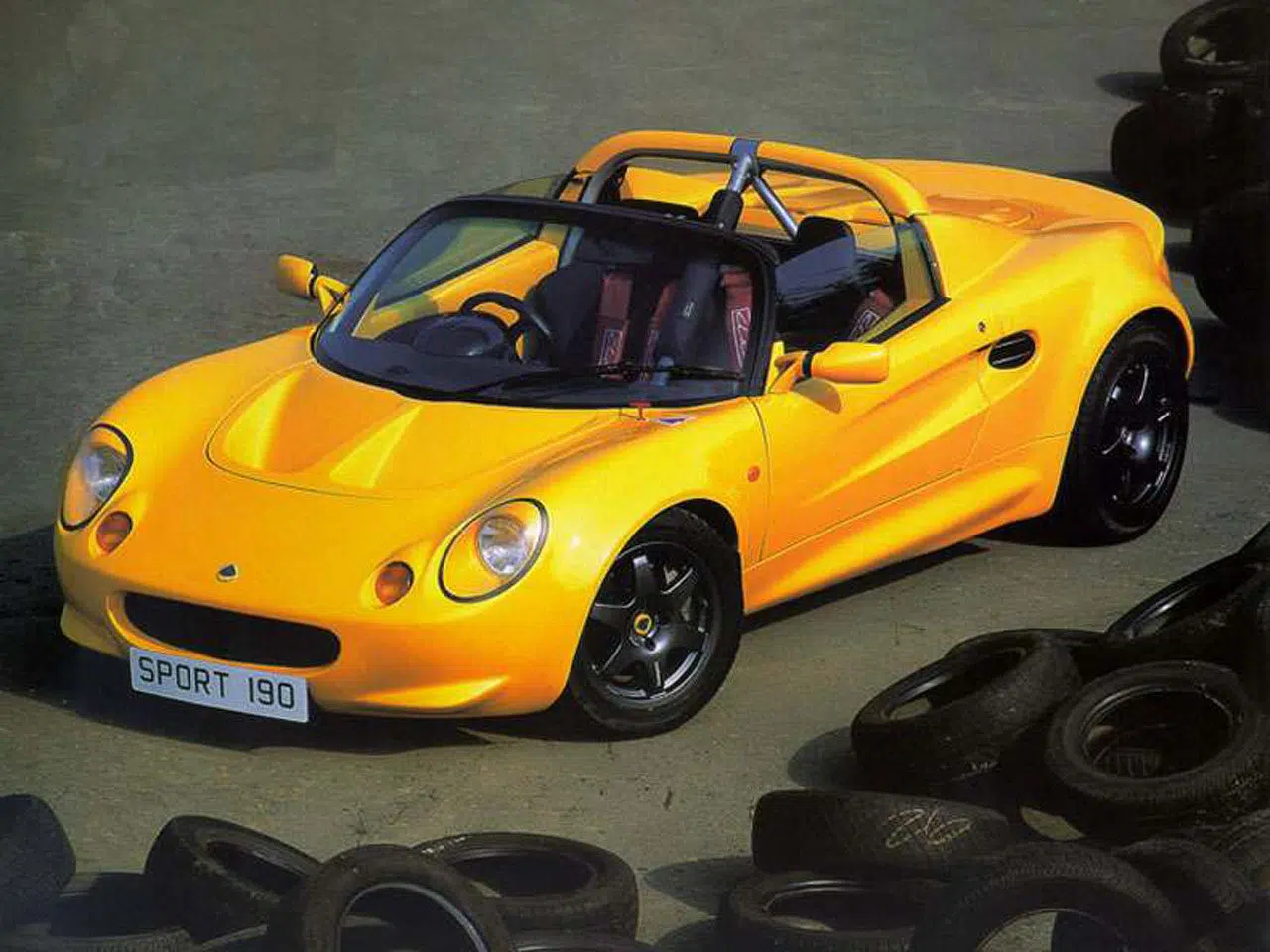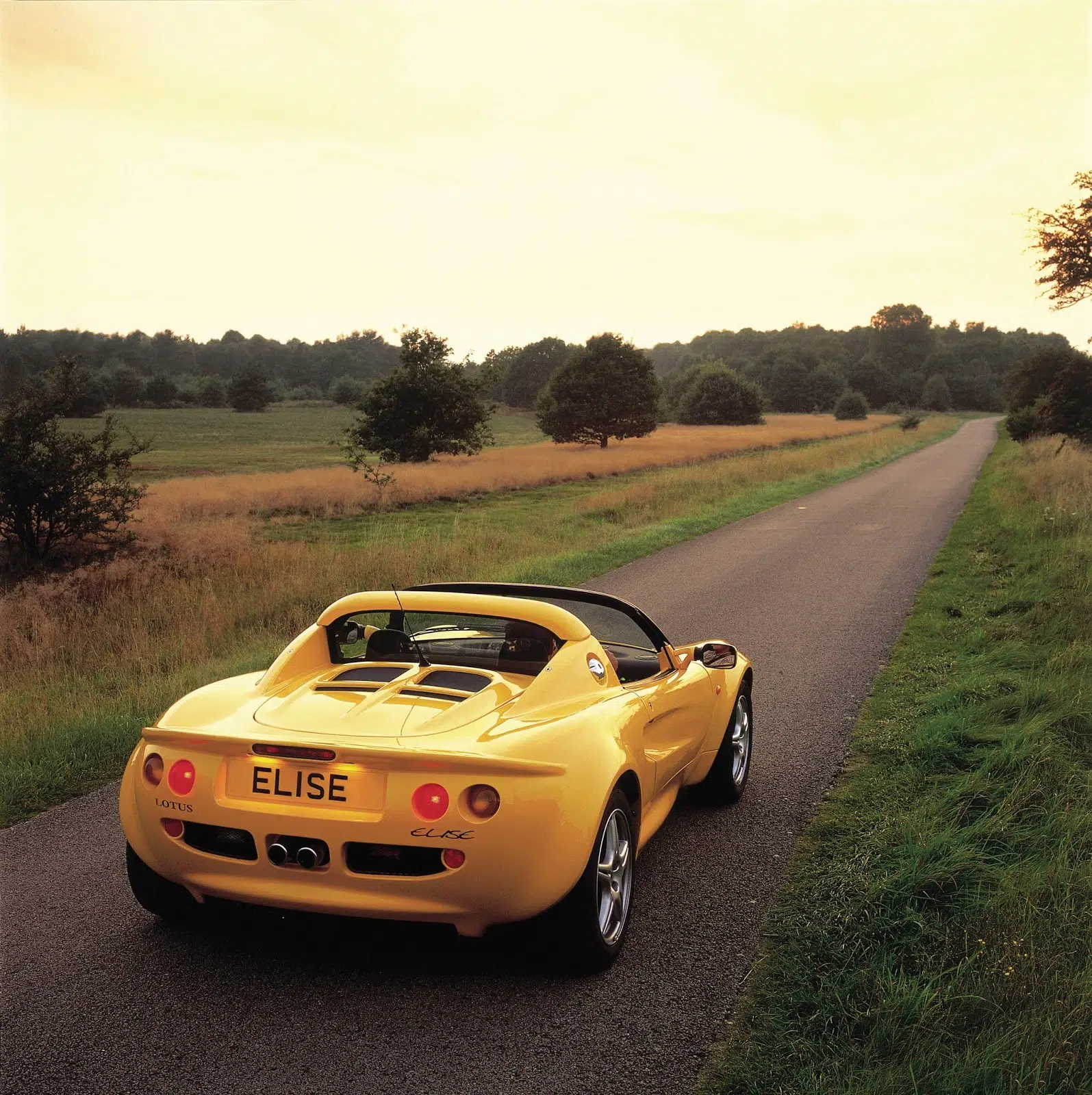The Lotus Elise made its debut at the Frankfurt Motor Show in September 1995. At its launch, it was one of the most technologically advanced sports cars, with an aluminium chassis and a fibreglass body. It was designed in-house by Lotus and came to rewrite the lightweight sports car book. Named after the granddaughter of the then CEO, Elisa Artioli.
At the heart of the S1 is a transversely mounted, behind the seat backs, a 1.8-litre 4-cylinder atmospheric engine from Rover (K-Series) with a capacity of 118 hp. Perhaps, especially today, the numbers may not be impressive, but for its time and its very low weight, it was sufficient for an exciting driving experience.
S1 was loved by everyone, from the very first contact. The new generation of lightweight sports cars, with a new approach to its driving capabilities and the driving experience it is able to offer. It won the title "Car Of The Year" several times, along with a host of awards for sports cars.
Predictably, the Elise quickly became a favourite car for track days, with Lotus starting to offer Sport Elise versions with 135, 160 and 190bhp. In addition, Lotus launched the Elise 111S, where the engine was fitted with variable valve timing for the first time. Lotus also offered a variety of special editions, with specific liveries on a case-by-case basis, one of which was the Elise Millenium, introduced in 1999.
Closing the circle of the first generation, S1, is the 340R. A hard-core and strictly track-focused version of the Elise, introduced in 1998 and built in just 340 examples, for track-days fanatics.
At the end of 2001, the S1 gave way to the S2 generation. It is worth noting that the names S1, S2 etc. were created by the friends of the Elise and are not the original brand name.
By the end of the production cycle in 2001, the Elise had established itself as the leading lightweight sports car, with around 12,000 cars sold in the 5 years it was in production.


